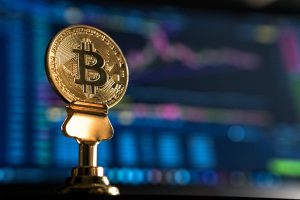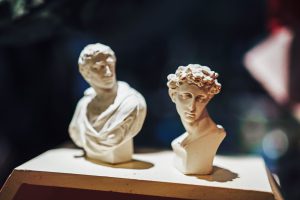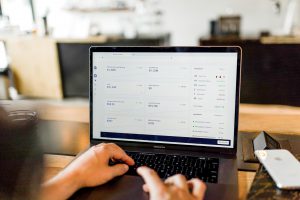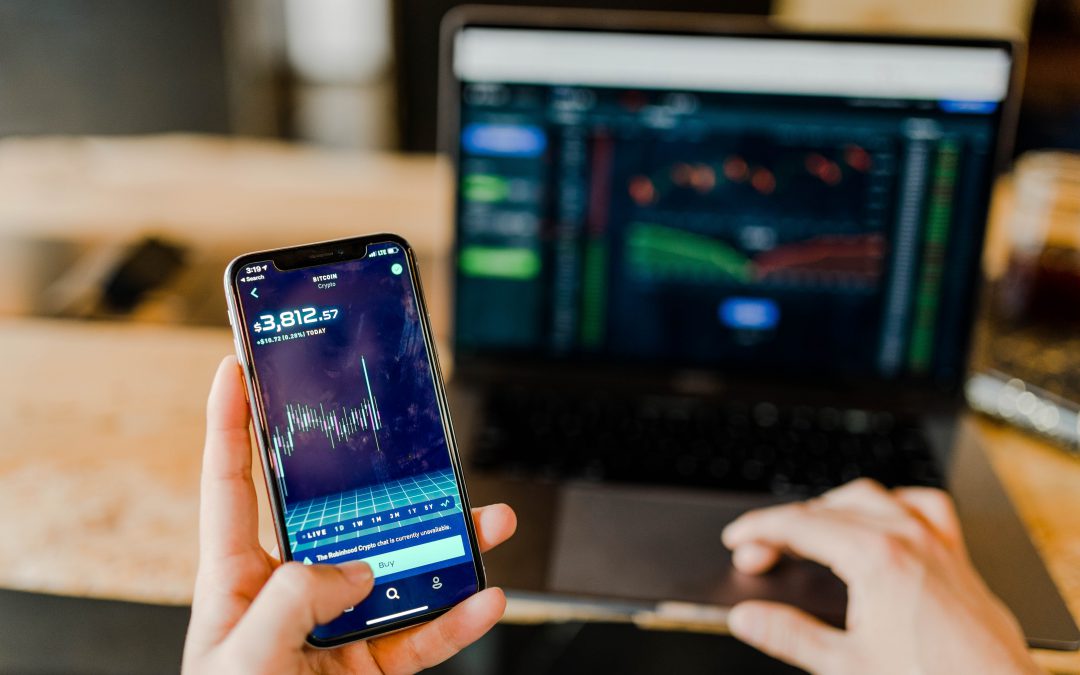Understanding the Blockchain
Before we understand how an NFT works, we need to be clear on how blockchain works.
First of all, the goal of blockchain is to allow digital information to be recorded and distributed, but not edited without readers to know.
In that sense, a blockchain is like a database, that stores blocks of data. These blocks of data are chained or linked together, hence the name blockchain. You can check in our previous article about What is blockchain?
Also, every block is linked to the data in adjacent blocks. For that reason, if you change the data in a single block, the data in the entire blockchain becomes invalid. This makes the blockchain immutable because once you add a block to the blockchain, you can’t modify it, and this property is what makes it special.
A normal database is stored on a central server and people with access to it can modify the data. Whereas the blockchain is distributed all over the world and the data does not belong to a single individual or entity. Every node on the blockchain network has a full record of the data that has been stored in it since its inception.

What is an NFT?
As we have learned from previous articles, NFTs stands for “non fungible tokens”, so that means it cannot be directly exchanged with one another.
This is because no two NFTs are identical, even those that exist on the same platform, game or in the same collection.
They are unique. Think of them as plane tickets.
Each ticket contains specific information including the purchaser’s name, the date and number of the flight.
This information makes it impossible for plane tickets to be traded with one another.

How do NFTs work in the blockchain?
The process of creating NFTs is quite simple.
So, let’s suppose you created a digital painting and you want to sell it as an NFT.
First thing to do would be to pick the blockchain you want to sell it on. Ethereum is the most popular one.
Some popular ethereum NFT marketplaces are OpenSea, Rarible and Mintable.
Most NFTs are built using a consistent standard known as ERC-721.
These marketplaces are simply an implementation of this standard and add your NFT to the ethereum blockchain.
Next step is to upload your painting somewhere like Google Drive or the interplanetary file system (IPFS), which is a distributed file system.
Then you go to one of the market places and create a new NFT, where you will need to connect your ethereum wallet (like Metamask) and fill up some details like name and description of your work.
Last step: your NFT needs to be minted.
What does that mean?
This means to add a block on the blockchain that says that the NFT you created belongs to your account.
This action required modifying the blockchain and thus costs some “gas”. Gas is basically the service charge to modify the blockchain.
So, as you might have guessed, listing your work on an NFT marketplace is not free, it costs some money.
Once that is done, your ownership of the NFT is added in the blockchain and anybody can verify it, and buy your work.
Essentially, NFTs are like physical collector’s items, only digital. So instead of getting an actual oil painting to hang on the wall, the buyer gets a digital file instead.
They also get exclusive ownership rights. That is because NFTs can have only one owner at a time.
NFTs’ unique data makes it easy to verify their ownership and transfer tokens between owners.

The owner or creator can also store specific information inside them. For instance, artists can sign their artwork by including their signature in an NFT’s metadata.
In short, when you own an NFT to a piece of digital art, it means that you own the original copy that the artist made.
It doesn’t matter if people duplicate it or download it, because the original one is owned by you.
It is accepted by everyone and this was signed by the creator and stored immutably on the blockchain. They are able to prove ownership to it and everyone agrees, because it is on the blockchain and can be verified by anyone.
The original remains with you and will retain its value always.
If you want to know more information about how to create your own NFT and be able to sell your digital assets, contact us and we will gladly help you.
Until next time.

 Co-Founder & CEO @ Inmind - Blockchain & Mobile Expert | DAO / Tokenization / Web3 | CTO @ Brainstems (Former TIEX) | Board Member @ CUTI
Co-Founder & CEO @ Inmind - Blockchain & Mobile Expert | DAO / Tokenization / Web3 | CTO @ Brainstems (Former TIEX) | Board Member @ CUTI